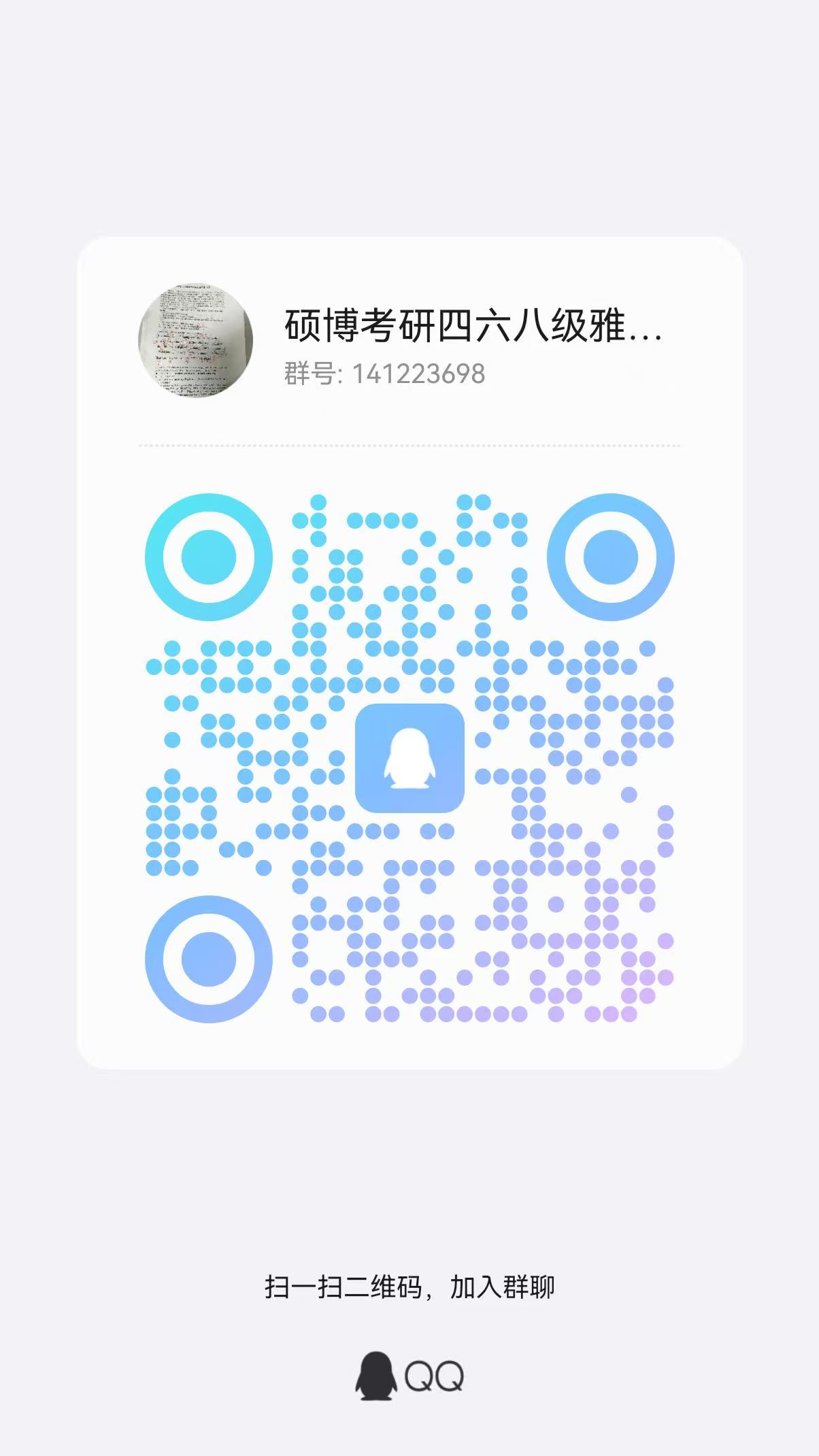🗣 SL提问: 教学设计 ai
✍️ Ai批改: Here is a comprehensive outline for an AI-based teaching design:
Title: AI-Powered Personalized Learning
Objective:
* To create an adaptive learning system that uses AI to tailor educational content to individual students' needs, abilities, and learning styles.
* To improve student outcomes, increase engagement, and reduce teacher workload.
Components:
1、Student Profiling:
* Collect data on students' prior knowledge, learning style, strengths, and weaknesses through:
+ Initial assessments (e.g., quizzes, surveys)
+ Learning management system (LMS) data (e.g., login frequency, time spent on tasks)
+ Teacher input and observations
* Create a unique student profile using machine learning algorithms to analyze and identify patterns in the data
2、Content Library:
* Develop a comprehensive digital library of educational resources, including:
+ Text-based materials (e.g., articles, e-books)
+ Multimedia content (e.g., videos, simulations, games)
+ Interactive activities and quizzes
* Tag and categorize content with metadata (e.g., topic, difficulty level, learning objective)
3、AI-Powered Recommendation Engine:
* Use natural language processing (NLP) and machine learning to analyze student profiles and content metadata
* Recommend personalized learning paths, resources, and activities based on:
+ Student learning style and preferences
+ Knowledge gaps and areas for improvement
+ Learning objectives and curriculum requirements
4、Adaptive Assessments:
* Develop AI-driven assessments that adjust in real-time based on student performance and learning progress
* Use techniques such as:
+ Item response theory (IRT)
+ Computerized adaptive testing (CAT)
5、Real-time Feedback and Support:
* Provide immediate feedback and guidance to students through:
+ AI-powered chatbots or virtual assistants
+ Automated scoring and grading
* Offer teachers real-time insights and recommendations for student support
6、Teacher Dashboard:
* Design a user-friendly interface for teachers to:
+ Monitor student progress and performance
+ Access recommended resources and interventions
+ Provide human feedback and guidance
AI Techniques:
1、Machine Learning:
* Supervised learning (e.g., regression, decision trees) for predicting student outcomes and recommending resources
* Unsupervised learning (e.g., clustering, dimensionality reduction) for identifying patterns in student data
2、Natural Language Processing (NLP):
* Text analysis and sentiment analysis for student feedback and sentiment tracking
* Chatbots and virtual assistants for real-time support
3、Deep Learning:
* Neural networks for complex pattern recognition and prediction (e.g., student performance, learning style)
Benefits:
1、Personalized Learning:
* Tailored learning experiences for each student
* Improved engagement and motivation
2、Efficient Resource Allocation:
* Optimized use of educational resources and teacher time
* Targeted interventions and support
3、Data-Driven Insights:
* Actionable data for teachers to inform instruction and student support
* Continuous improvement of the AI system through feedback loops
Challenges and Limitations:
1、Data Quality and Availability:
* Ensuring accurate and comprehensive data collection
* Addressing potential biases in data and algorithms
2、Teacher Training and Support:
* Providing educators with necessary training and support for effective AI integration
* Managing potential concerns about AI replacing teacher roles
3、Equity and Accessibility:
* Addressing potential inequities in access to AI-powered learning tools
* Ensuring AI systems are accessible and usable for diverse learners
Implementation Roadmap:
1、Needs Analysis and Planning (Weeks 1-4)
2、Content Development and Curation (Weeks 5-12)
3、AI System Development and Testing (Weeks 13-24)
4、Pilot Implementation and Evaluation (Weeks 24-36)
5、Full-Scale Implementation and Continuous Improvement (After Week 36)
Assessment and Evaluation:
1、Formative and Summative Assessments:
* Regular evaluations of student learning outcomes and AI system effectiveness
* Adjustments to AI recommendations and learning paths based on assessment data
2、Teacher and Student Feedback:
* Ongoing feedback and input from teachers and students to refine the AI system
This comprehensive outline provides a foundation for designing an AI-powered teaching system that prioritizes personalized learning, efficiency, and equity、By leveraging AI techniques and addressing potential challenges, educators can create a more effective, engaging, and adaptive learning environment.
0
IP地址: 169.118.82.57
搜索次数: 427
提问时间: 2025-04-20 12:29:00
❓️ 热门提问:
怀孕后可以戴金手镯吗
抢注域名查询
999黄金貔貅手链多少钱
同德化工
ai 绘画小程序
期货黄金今天行情
大宗贸易平台怎么样
黄金戒指越戴越亮
ai图片是什么软件
财务ai工具
豌豆Ai站群搜索引擎系统
🤝 关于我们:
三乐Ai
作文批改
英语分析
在线翻译
拍照识图
Ai提问
英语培训
本站流量
联系我们

📢 温馨提示:本站所有问答由Ai自动创作,内容仅供参考,若有误差请用“联系”里面信息通知我们人工修改或删除。
👉 技术支持:本站由豌豆Ai提供技术支持,使用的最新版:《豌豆Ai站群搜索引擎系统 V.25.05.20》搭建本站。
















